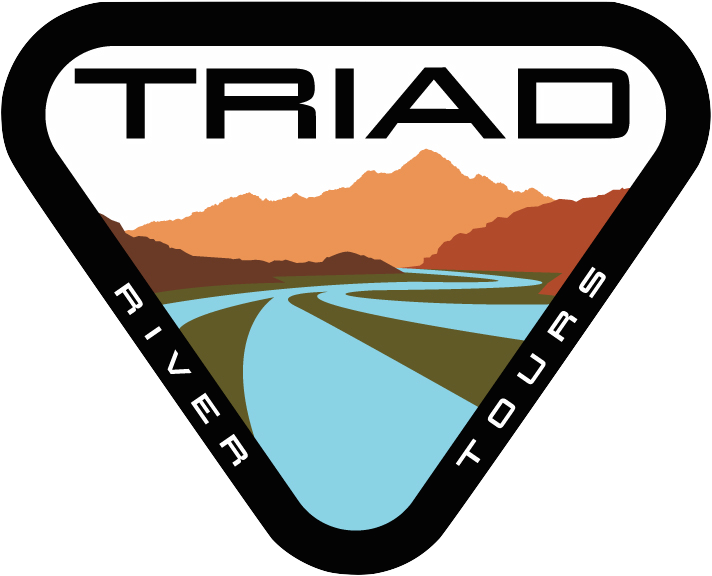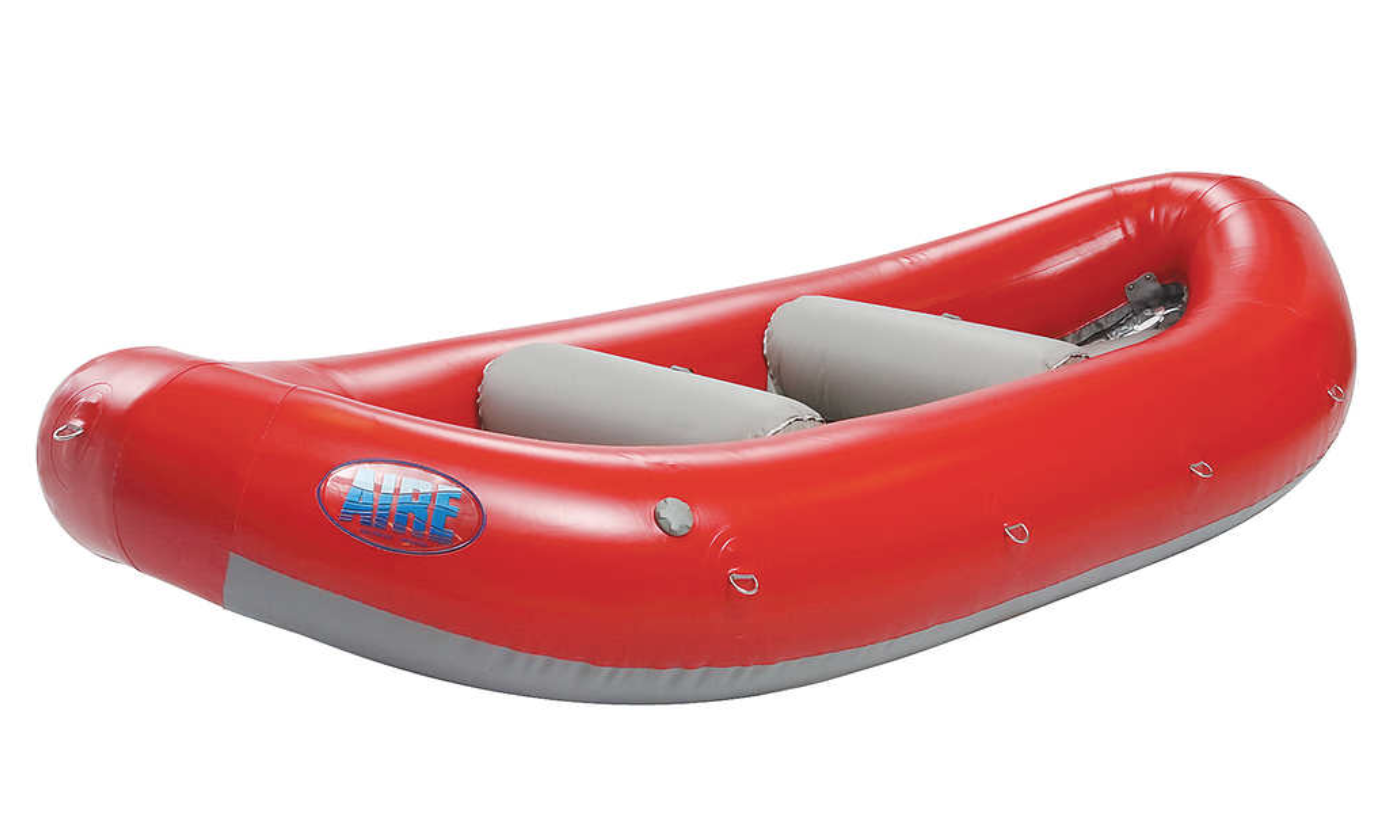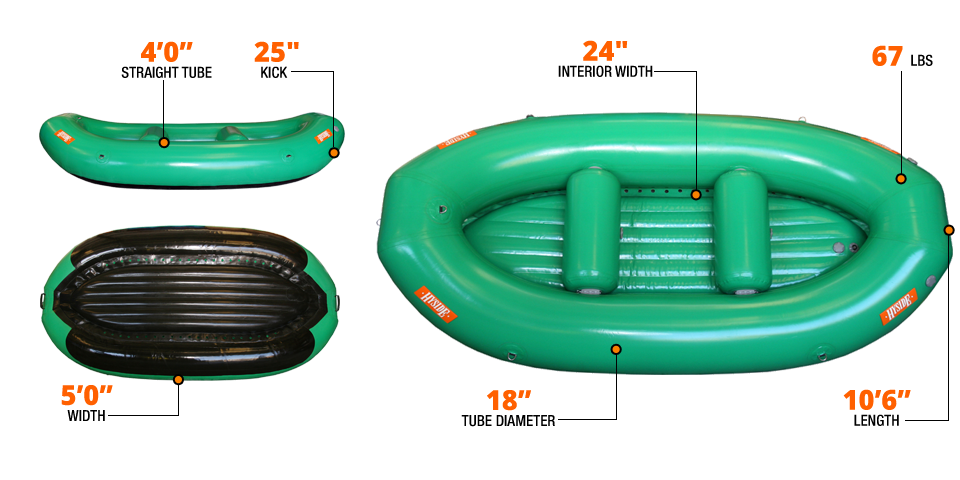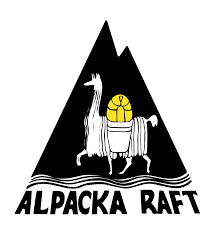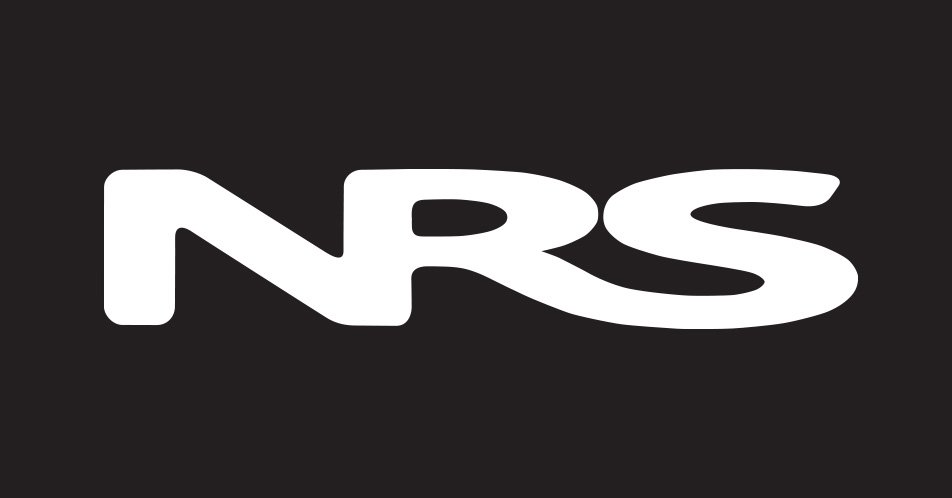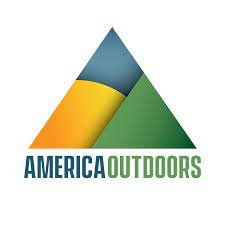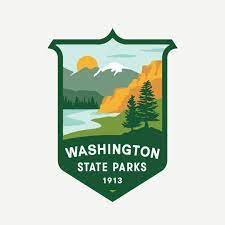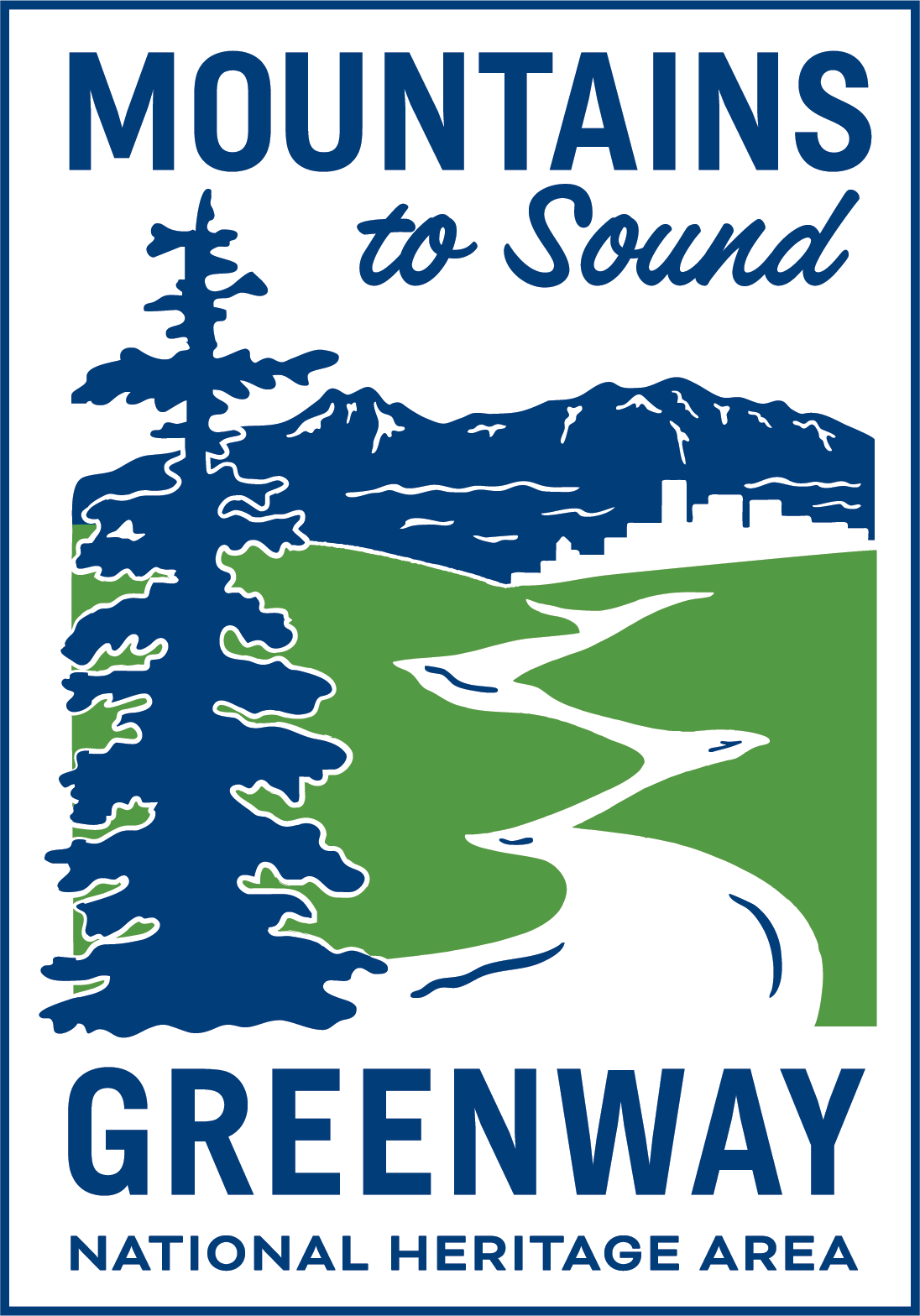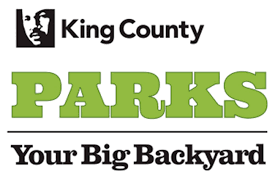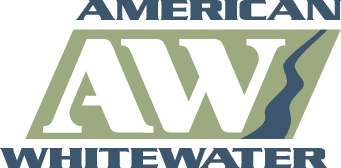Little raft shootout
Everyone loves little rafts, and we are no different. While the guides are usually working from the rear or larger rafts, these are the boats that we use on our off days, the rafts used for little creek expeditions, the boats used to test material of manufacturers, and the ones that we just like to throw on top of the guide vehicle (a 2016 Toyota Tundra) and just take off and have some fun. These rafts are increasing in popularity and we look forward to updating this list with rafts that we have not yet tried (and so please be patient with us; we are aware that there are several raft designs that are notably missing such as; any of the small Sotar boats (they’ve been cost prohibitive for our guide fun budget), a Star Lightning Bug, a Tributary 12.0, Hyside Mini Me, Maravia Seal (Dear Manufacturers: send us one!). We don't review rafts that we haven't had in our system, but we do look forward to getting more experience with newer designs or models we haven't had the opportunity to use; as we do that we'll update our analysis.
1. Aire Puma
2. Hyside Mini Max
3. Original “Shredder”
4. NRS Giant Slalom
5. Aire Sabertooth
6. NRS E-120
Aire Puma
The smaller sibling of the Super Puma, the original Puma is about 11 feet long and really has no commercial viability for us at all. Still, we’ve had some good runs in it. The Puma excels as an R2 raft, and just really dominates running technical Pacific Northwest creeks. The boat has amazing stability for it’s size in comparison to others on this list, partially due to the ballast floor. What makes the Puma the first on this list is the ability to easily move the position of the thwarts to adjust for paddlers different positions in an R2 situation. We vote the Puma as the finest R2 raft for our purposes which essentially constitute following some great kayakers down water that really doesn’t favor the clumsiness of most rafts. The material is stout, the design impeccable, and it’s a reliable and predictable ride in the toughest and steepest technical whitewater around.
Aire Puma Whitewater Raft. Source: https://www.nrs.com/product/1162/aire-puma-self-bailing-rafts
Best thing about it: You feel like you’re flying a very small airplane through the winding canyons of the Amazon when you’re running tight technical whitewater, and it will essentially change your life.
Worst thing about it: You have to lace the floor in yourself (?)
Hyside Mini Max (Neo version tested)
There’s good and bad news here to report. The good news is that we had a lot of fun running this cute little whitewater thrasher, the bad news is that we (the guides) did a lousy job of strapping this little guy to the top of the Tundra and it flew off driving down HWY 20 (North Cascades Highway) going about 60. Needless to say Hyside sent us contact info for a guy that could fix it (Thanks Zack @ raftrepair.com). The raft ran beautifully for us on the Sauk in high water, and was every bit what we expected. It is noticeably lighter than the Puma and a little more squirrely, requiring a more attentive paddle attitude. The Mini Max is perhaps a little more suited for a tiny little centermount frame and use as a low water rescue raft. It’s a great R2 raft, but it does tend to get stalled, as you may expect, when running bigger holes. Unlike the Puma it does not carry much momentum into anything; a problem that is erased when the gradient is steeper. The D-rings and construction are impeccable, and the lines of the thing are just really nicely drawn out. This is our choice as the best hypalon (okay so Neo isn’t actually Hypalon, but it’s so similar you’ll be hard pressed to tell the difference) raft in it’s class. If it were not for the astounding performance of the Puma, this would be first on our list.
Hyside Mini Max Whitewater Raft. https://hyside.com/product/outfitter-10-5-mini-max/
Best thing about it: Performs like a perfectly designed little raft that requires no getting used to in order to run effectively.
Worst thing about it: Will puncture if it flies off the roof of your pickup going 60 MPH down the highway. We used, with great success, a 54 inch wide NRS Longhorn frame, and ultimately decided that 8’6 oars were too long for tight water, and that 7’6 oars were too short, and so 8’ oars were just right (like Goldilocks, in a way).
Original Shredder
For those that have owned an original Shredder or a design similar enough to warrant the name, you already know that this design has an advantage over any whitewater designed round boat. The Shredder is an East Coast marvel that has only recently made it’s debut in Western waters (we say recently because there are some old timers here; think late 1990s). The Shredder is an R2 machine, that really excels at that and only that. It really was not made to have a frame on it, and unlike some of the newer designs from Hyside and Aire, it was made out of a simple black neoprene rubber. The boat was kind of unstoppable and has a reputation for a reason, and the name is well deserved; when you’re paddling one you truly feel like you’re shredding. The original Shredder and some of the recent renditions of the design by other manufacturers (notably Hyside) had an advantage of being so light and compact of a design that it could be folded up and carried with ease; many guides have taken their Shredders on their off days up in the hills beyond the furthest available put-in to run water that was perhaps previously consider off limits to everyone but kayakers. The Shredder is impressively maneuverable, and is a great investment for people that like to R2 because as you own it, it seems to evolve with you as your skills progress; meaning that novice paddlers do well with the design because it’s forgiving, and expert paddlers enjoy the Shredder because it rewards more experienced paddlers with the designs capabilities in steep, technical, difficult water. The Shredder is likely the most capable technical R2 boat on this list, but because it’s limited to only one intended use, it’s third on the list (aren’t these lists somewhat arbitrary, though?). Keep in mind that we are a commercial outfit, and thus we really have no use for a Shredder because we can’t use it as a safety cat (it cannot fit a frame), and we certainly can’t afford to have two guides running safety on one raft that can only carry 2-3 swimmers in a bad situation. The end result is that if you can find one of these for a good deal; buy it. They’re awesome, and anyone who owns one and uses it will rave about it for good reason. They have a cult following because they do things that no other inflatable can do.
Best thing about it: Cataraft performance in a boat with no metal to break your arm.
Worst thing about it: Cannot be used as an oar boat (so what?)
NRS “Giant Slalom”
At the end of our 2017 year Northwest River Supply sent us what they call a Slalom. We asked “you mean the 120?”. Nope; this is it’s own boat, and upon inflating it you could tell immediately that this was going to be fun. Slightly bigger than the Mini Max, and almost exactly the dimensions of the Hyside Max 12.0. So think of a scaled down E-120, and there you have it. The Slalom is slightly bigger and thus less maneuverable than the Mini-Max, but not by much; the NRS material seems to thrive in this design, whereas the E-120 was always so wide that it was a bit sluggish. Here you have a raft where in an R2 situation you are a healthy distance from your other paddler, and can still fit between tight slots on steep whitewater. We are planning on taking this little raft on some more difficult training and protocol runs in the spring, and have utter confidence in it’s ability. It also does really well with a small NRS centermount frame. We used the same 54 inch NRS Longhorn Raft frame, and prefer the 8’ oars. With the ever expanding small raft market, it only makes sense for the Slalom to become the NRS competitor to the Mini Max/Max 12.0 and other small rafts that are getting a lot of attention on Facebook and Instagram (who doesn’t like watching two paddlers send a 20 foot waterfall in a raft the size of a twin mattress?).
NRS Giant Slalom Whitewater Raft. Source: https://www.nrs.com/product/1035/nrs-giant-slalom-self-bailing-raft
Best thing about it: Legitimately could be the only raft a private boater would ever own, as long as there’s only 2 of you.
Worst thing about it: Ours is blue, and we are sick of blue.
Aire Sabertooth (12.0 Frameless Cataraft design)
We were uber-excited to get our Sabertooth and perhaps one of the reasons it’s rated behind some of the other more basic rafts is that we really thought we had the boat that would be dual purpose R2 for guide training, and late season safety cat for our Sauk trips. The reality was that we had a boat that was a little bit cumbersome to R2 in comparison to a Shredder, and a boat that was not quite as sure footed as our other 12 foot long cataraft. The nice thing about the Sabertooth, obviously, is that it can do both, but it doesn’t do either exceptionally well for a commercial operation, and here’s why. For us, we need to be able to train our guides to paddle, and rookies would do fine in this design, but then the skills weren’t directly transferable to a raft; okay that’s not the fault of the design, but consider that you can take a Shredder and fold it up into a package the size of a backpack, and this design (which is approximately twice as large) isn’t going to work as a high mountain packraft alternative. As a commercial operation we also need the craft to be nimble, and the reality is that a 12 foot cat with a frame (we use a 12’6) is just a lot more capable in serious whitewater than the Sabertooth. The narrow gait of the Sabertooh causes problems turning in bigger water with 8’ oars. We love the concept and design, and the Aire boats are tough as nails. We also like how the boat rescues people; unlike a typical cat there is a floor for swimmers to lay down in and catch their breath. In many rescue situations the Sabertooth would be superior because of the floor and ability to rescue a worn out or unconscious swimmer/victim. It’s a great boat, but we wish it was lighter, and wider.
Aire Sabertooth. Source: https://www.nrs.com/product/87030.01/aire-sabertooth-frameless-cataraft
Best thing about it: Can replace both a small raft and a small cataraft for under $3,000.
Worst thing about it: Cannot replace a shredder for portability, and cannot replace a legitimate cat for performance.
NRS E-120
It is with great reluctance that we put one of the OG, legitimate, most proven small rafts at the bottom of this list. We remember running the E-120 on the Gauley when the guides went out for fun runs, and we remember making it. This is as sure footed of a small raft as you will find; maybe a little too sure footed. The issue with the E-120 raft is really quite simple; it is so wide, and it’s thwart configuration so awkward, that it seems to struggle with itself for purely logistical reasons. It does best as an R4, with two paddlers ahead of, straddling, or behind the front thwart, and two paddlers undeniably behind the rear thwart. The E-120 is a proven whitewater raft that has a much longer track record than any of our other boats for commercial whitewater use. The E-120 is also very useable as a centermount raft. Perhaps the problem with the E-120 is that it is ALMOST big enough to use commercially, but it just can’t match an E-130 for commercial use, and cannot match the performance of the Slalom or the Hyside boats for R2ing. At the end of the day, the E-120 has an identity crisis that caused us to get rid of ours. We respect this little guy for all that it can do, and we think that if you have some smaller rivers and want to run multi-day whitewater rafting trips, then it’s going to be a great choice, but this list is mostly about fun and R2ing, and for that it’s the least favorite. Note: The NRS E-120 raft has since been redesigned since the time of this writing; we will update the review once we use the new model.
The NRS E-120 Whitewater Raft. Source: https://www.nrs.com/product/85037.01/nrs-e-120d-self-bailing-rafts
Best thing about it: Is a great centerframe raft, and is proven as a commercial raft.
Worst thing about it: The tubes are too small and it’s too wide to keep up with the others as an R2.
At the end of the day, the smaller the raft, the more individual preference becomes the primary factory for the decision; more personal boats that are reacting more directly with your body movements. In our situation, we were using these rafts as ways for the guides to blow off a little steam, and spend some time together away from the guests by taking a private trip at the end of the day or weekend. For a lot of folks, these rafts aren't the ones that they will take their family down a multi-day trip, but they're the one that they look at in the garage and it reminds them of just how fun it is to be on the water. As time progresses we hope to update this list with some new raft designs. Each year our staff tries out a new small R2 raft; we'll keep you updated. Until then safe travels and catch you on the flip side!
Read more:
